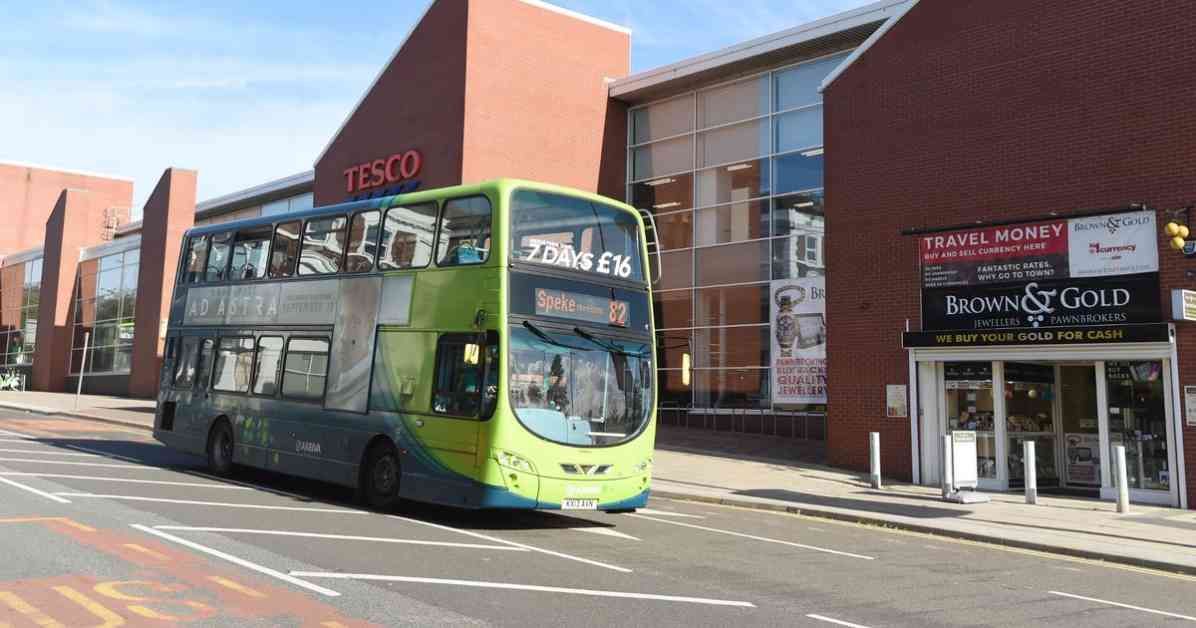Improving Public Transportation Accessibility: A Call for Action
Public transportation accessibility is a crucial aspect of urban life, providing a lifeline for many individuals who rely on buses to get around. However, for some, like myself, the experience of using public transportation has become increasingly challenging and even dangerous. As a long-time rider of the 82 bus in South Liverpool, I have witnessed firsthand the deteriorating conditions of our roads and the impact it has on the overall quality of our public transportation system.
The Deteriorating State of Roads
One of the most pressing issues affecting public transportation accessibility is the poor condition of our roads. Potholes have become a common sight, causing buses to jolt and passengers to endure bumpy and uncomfortable rides. The lack of proper maintenance and repair of our roads not only affects the comfort of passengers but also poses safety risks for both drivers and pedestrians.
The Impact of Austerity on Public Services
The decline in the quality of our public transportation system can be attributed to years of austerity measures that have left local councils underfunded and struggling to maintain essential services. Liverpool City Council, like many others across the country, has faced significant cuts in funding, leading to a lack of resources to address infrastructure issues such as potholes.
The new Labour government and Chancellor Rachel Reeves must prioritize investing in public services and infrastructure to improve the overall quality of life for residents. It is essential that we address the root causes of these problems and work towards creating a more sustainable and efficient public transportation system.
A Call for Action
Transport Secretary Louise Haigh’s recent announcement of a ‘war on potholes’ is a step in the right direction towards improving the quality of our roads and public transportation system. By utilizing advanced technology to detect and repair potholes more efficiently, we can ensure a smoother and safer experience for all road users.
It is crucial that we hold our government accountable for investing in our public services and infrastructure. By addressing the underlying issues of underfunding and neglect, we can create a more accessible and reliable public transportation system that benefits everyone in our community.
In conclusion, improving public transportation accessibility is a collective responsibility that requires the support and cooperation of government officials, local authorities, and the community. By working together to address the challenges facing our public transportation system, we can create a more inclusive and sustainable urban environment for all. Let us strive towards a future where public transportation is accessible, efficient, and safe for everyone.




















